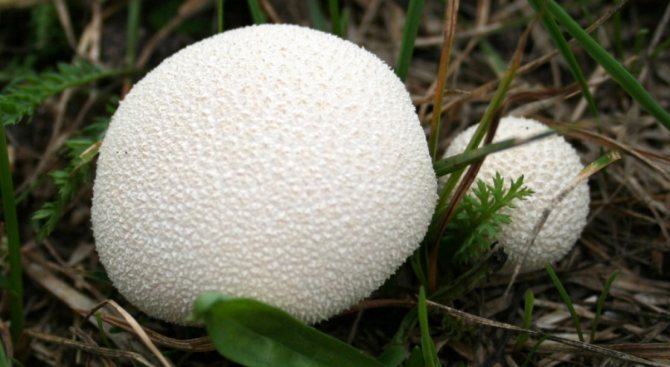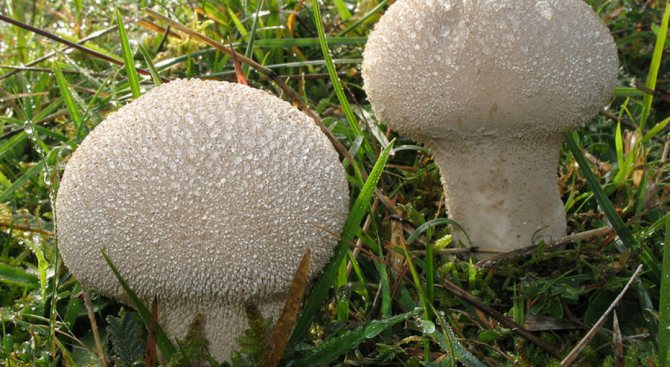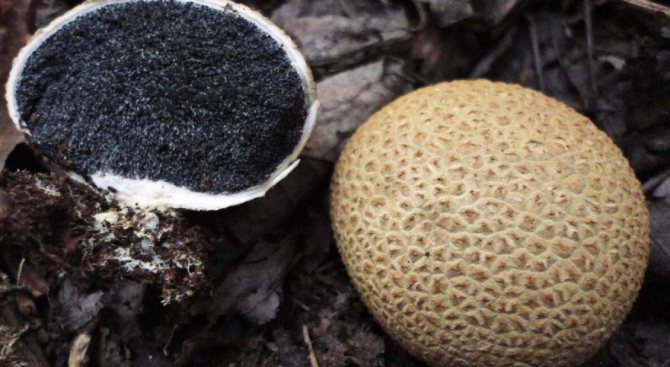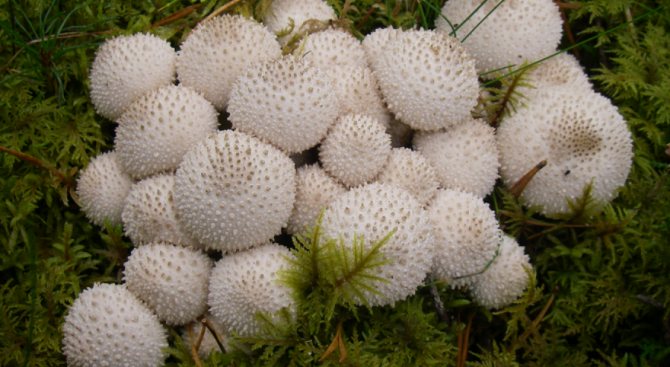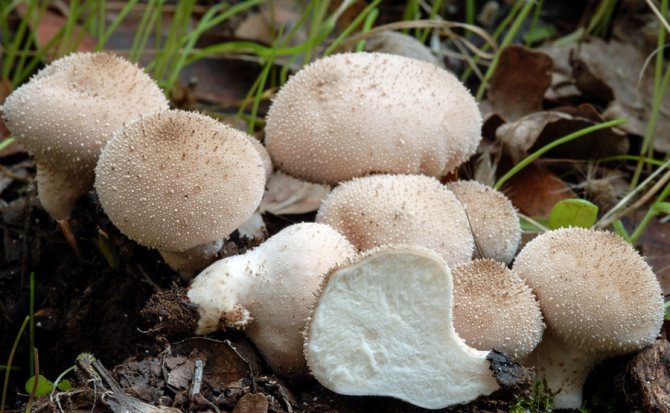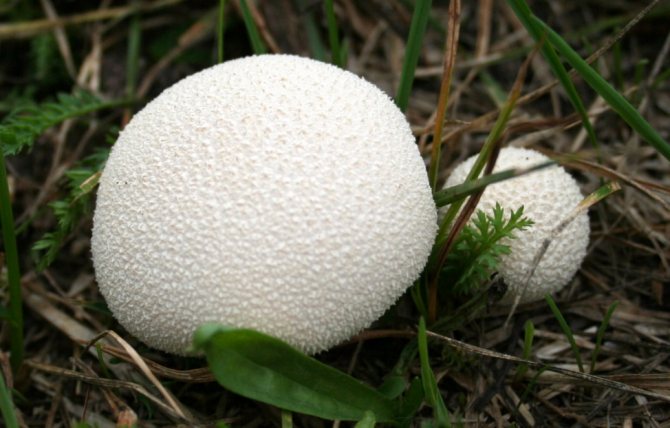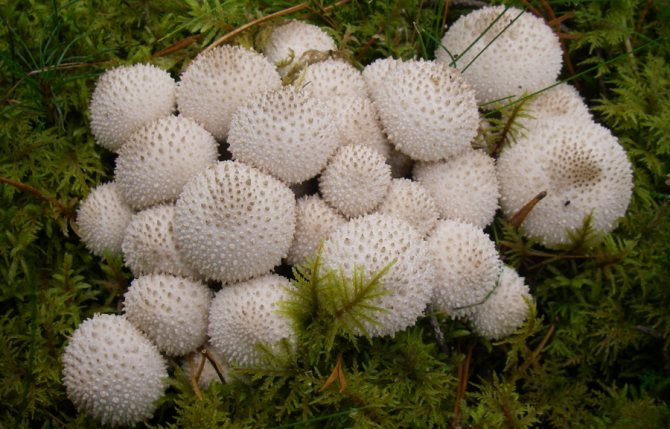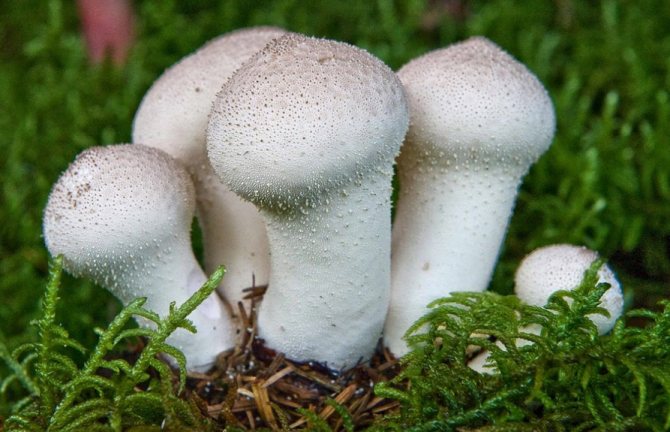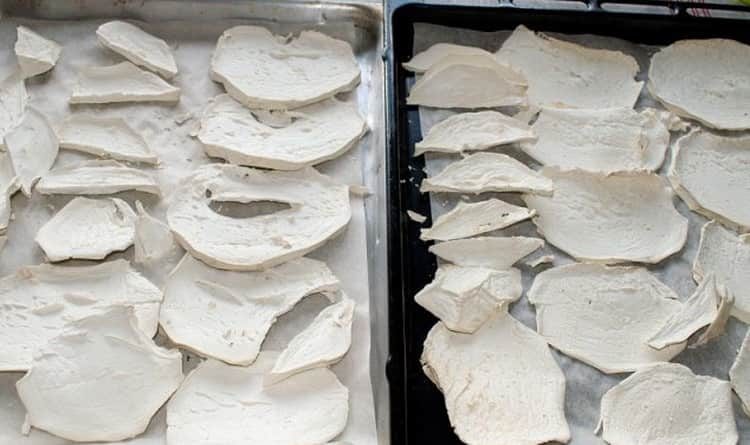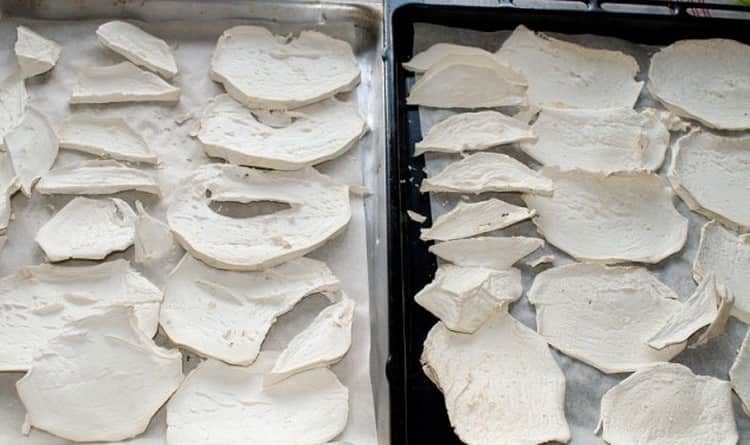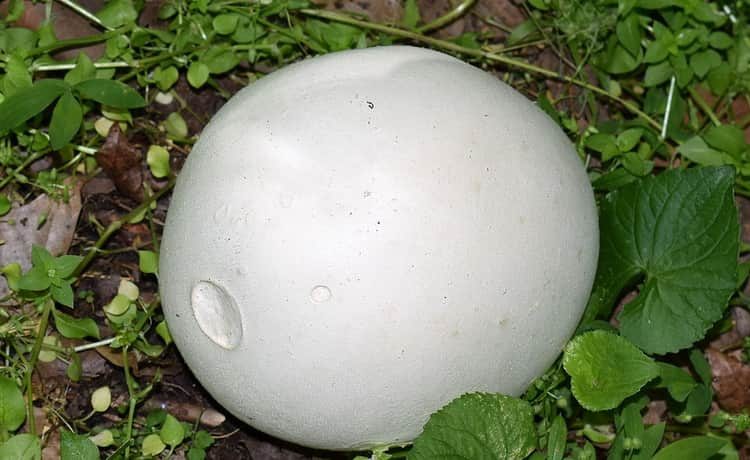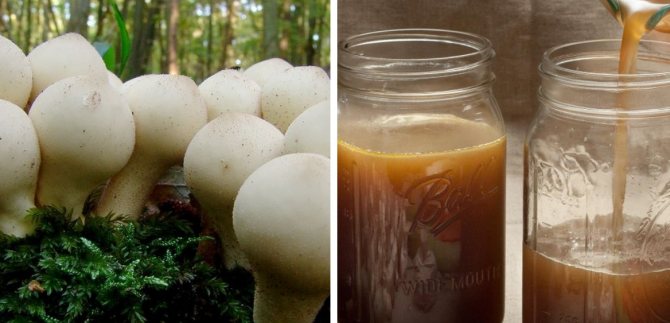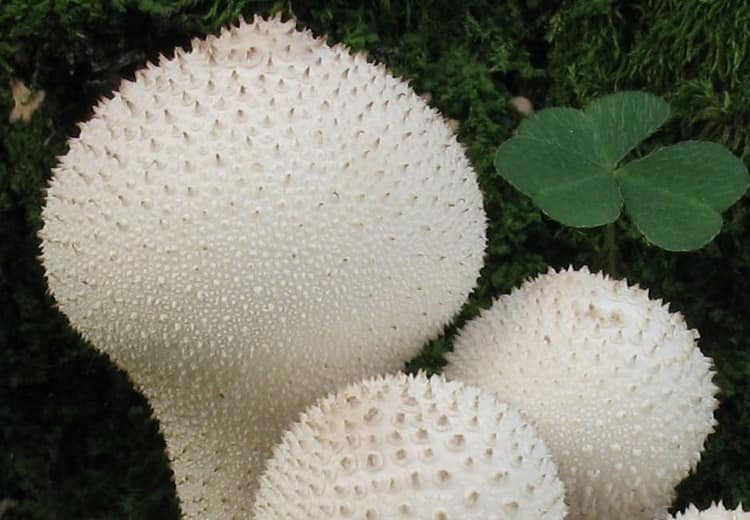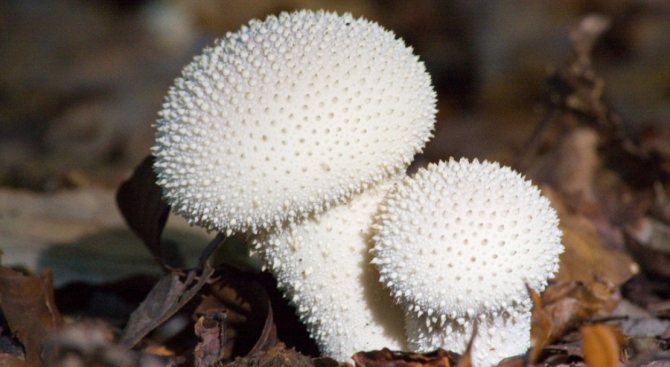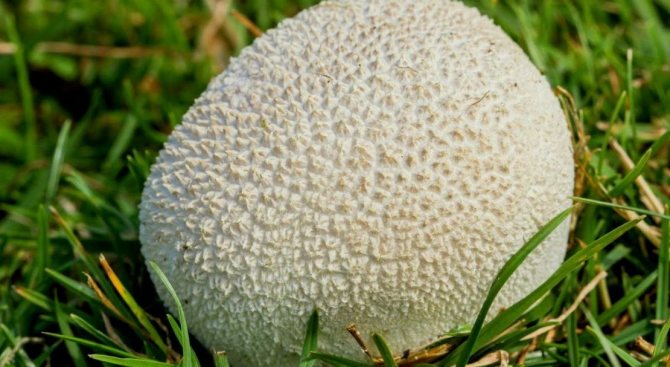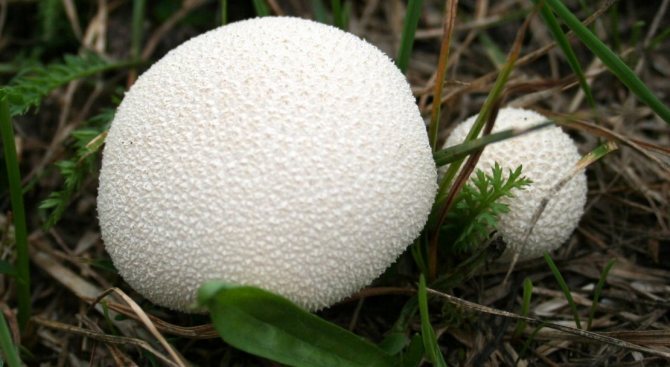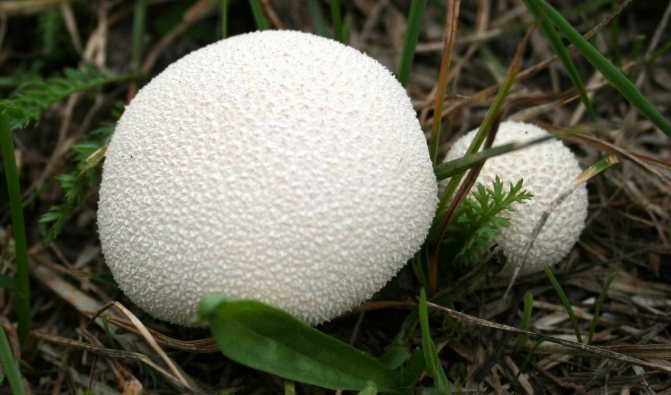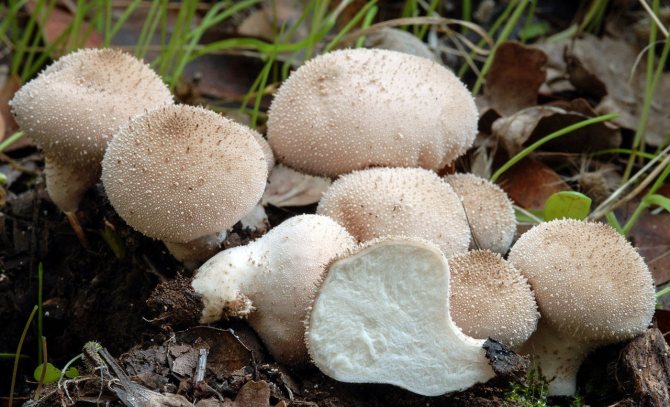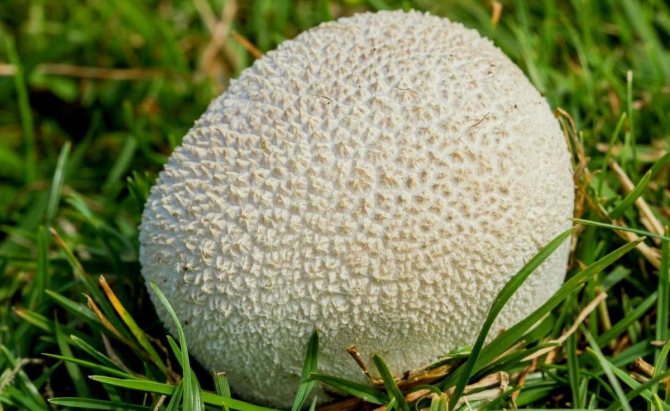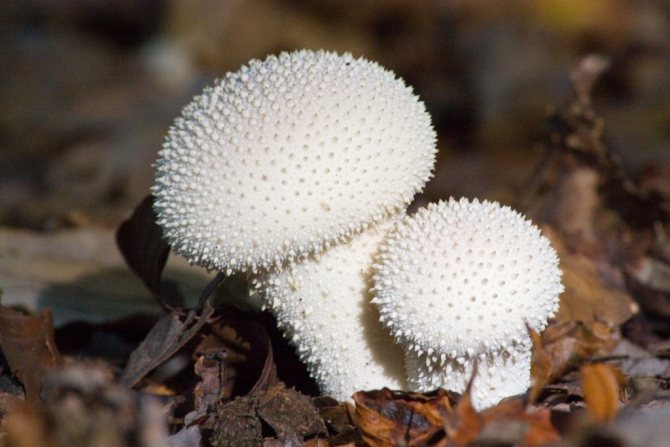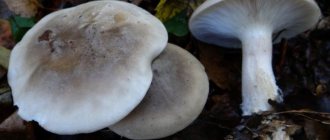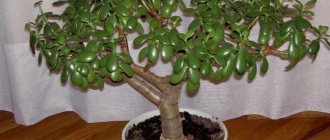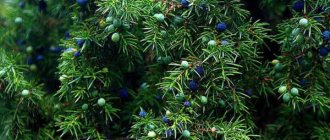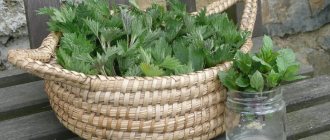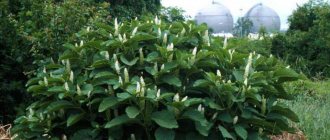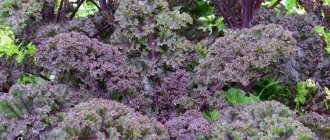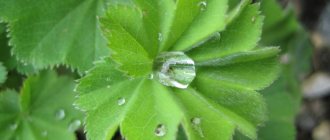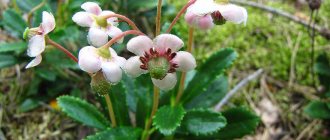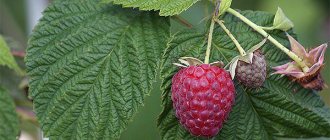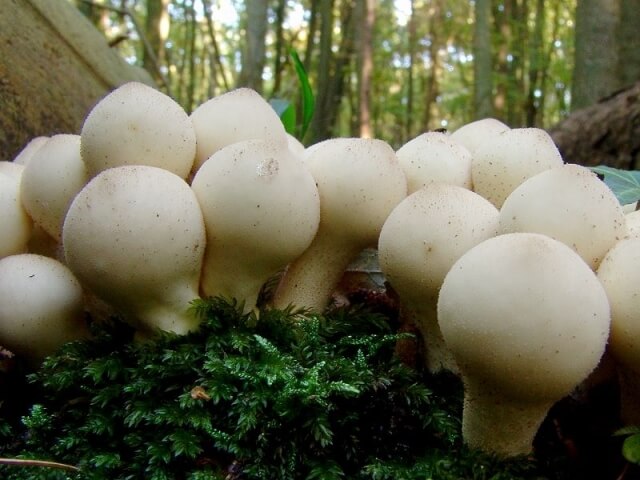
The puffball mushroom is an edible mushroom. Only young specimens should be collected, since after the mass of the spore begins to turn yellow, the mushrooms are unsuitable for food. Mushroom raincoat in the common people is often called the devil's tavlinka, tobacco mushroom or hare potatoes. One of its most important features is its incredible ability to absorb water from the soil. It is for this reason that raincoats are not recommended to be collected immediately or within 2 days after rain, since instead of a beautiful and elastic mushroom, you can get an unpleasant and jelly-like mass. For some reason, some mushroom pickers bypass this mushroom, although hare potatoes have incredibly useful and medicinal properties, contain a lot of vitamins, and also have a rather pleasant taste. Most often found in forests, regardless of type, but raincoat mushrooms can also be found in meadows.
Taxonomic history
This edible mushroom was described by Christian Hendrik Perun in 1796, then he named it Lycoperdon perlatum - still its accepted scientific name today. Nevertheless, Lycoperdon perlatum has acquired several synonyms over the past few centuries.
When this mushroom was first described in the scientific literature by Christian Hendrik Perun in 1796, it was given a specific definition that simply means widespread.
It could equally justify the alternative "vulgaris" as it is one of the most common fungi, especially in wooded habitats. At least 13 species of Lycoperdon are found in the UK.
External characteristics
What does a raincoat look like? Below is a more detailed description of the hare potato.
Fruit body. Usually pear-shaped and 3 to 6 cm in transverse diameter; 4 to 9 cm in height. The surface, covered with tiny pearl drops, distinguishes the raincoat from many similar relatives.
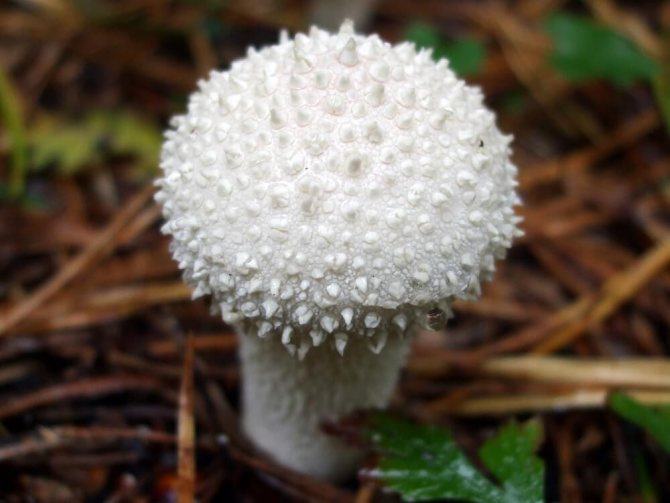

Pyramidal warts or "pearls" come in different sizes, initially draining and then turning the ocher before dropping off to leave an olive brown surface marked by the faint scars where the warts used to be. The dark area at the top is a hole in which spores develop and through which spores are released. The mushroom is unusually beautiful in old age. The outer forehead spikes fall off, leaving an exquisitely intricate ocher and white mesh on the inner surface. The base of the raincoat is a more or less inverted cone, often slightly distorted, and contains a small amount of spongy, sterile material.
Disputes. Spherical, with thick walls - 3.5-4.5 microns in diameter. Spores are olive brown, dark brown when fully ripe. In the spore sector, there is a network of sometimes branched sterile yellowish-brown tubes (known as capillata - single capillation) 3-7μm wide. Randomly distributed along thick-walled capillaries are pores formed by the narrowing of the walls. At maturity, a small hole opens in the upper part of the fruiting body.When the mature cap is compressed, either by the impact of raindrops or by the impact of animals, a smoky cloud of spores is thrown out.
Environmental role. Common raincoats are found in all types of forests, where they grow on the ground in deciduous litter; less often - on permanent pastures and on stable sand dunes. Most often found in small groups rather than alone, some fungi can sometimes branch out like a desert cactus, but most are simple pear-shaped fruiting bodies. Season: The mushroom can be found from July to November.
Similar views. Lycoperdon echinatum is darker with a reddish tinge and is covered with thorns. The Lycoperdon mammiforme will be white at first, and then its surface disintegrates into large creamy scales rather than pearl warts.
Description of edible raincoat species
Types of raincoats differ in appearance and place of growth. But they are united by fruiting from the second half of summer to October and the fact that they are all edible as long as the pulp remains white.
Meadow raincoat
It has a small fruiting body, the diameter of which is 2–4 cm. It is rounded, gradually tapering towards the base. The flesh of a young mushroom is snow-white, with time it acquires a yellow, and then brown or olive color. It grows mainly in fields and along roads.
Pearl raincoat (prickly)
It has a spherical fruiting body growing on a thick stalk. Its surface is dotted with thin needles that fall off when touched. The height of the mushroom reaches up to 10 cm. You can find it on the edges or in a light forest.
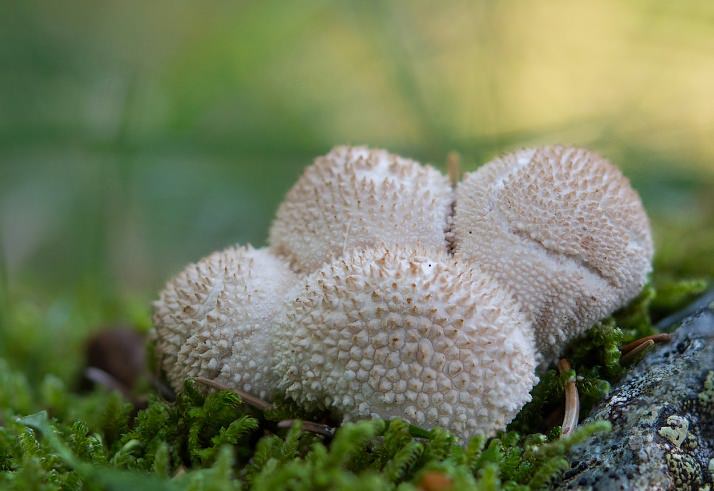

Raincoat brown (umber)
Sits tightly on the ground, because the leg is almost invisible. It has a small fruiting body (up to 5 cm in diameter) of brown color, dotted with dark needles. They can form star-shaped patterns.
Giant
Of all its relatives, the giant raincoat is distinguished, often reaching the size of a soccer ball. True, this is a rare mushroom, and in the conditions of the middle lane it is rarely found. The giant slicker grows in old pastures, fields or meadows; less often - in deciduous forests.
Beneficial features
You can endlessly talk about the beneficial properties of a seemingly inconspicuous raincoat, and if mushroom pickers know incredibly little about it and constantly ask themselves whether it is edible or not, then for doctors it is quite famous, as it has incredible healing properties.
Hare potatoes are capable of absorbing heavy metals, radioactive substances, toxins and other substances that can harm the body or provoke the development of oncology.
This plant is able to remove from the body excess chloride and fluorine compounds, radionuclides, which adversely affect the functioning of the thyroid gland.
Respect for the valuable gifts of nature
Raincoat mushrooms are a delicious, nutritious, healing product. In addition, they, like other edible mushrooms, decorate the area where they grow.
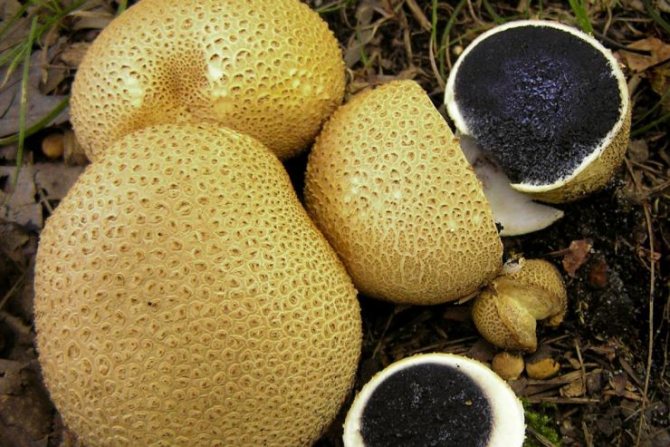

It is very important to treat them with care: do not destroy, let the spores mature, and collect them correctly so as not to damage the mycelium.
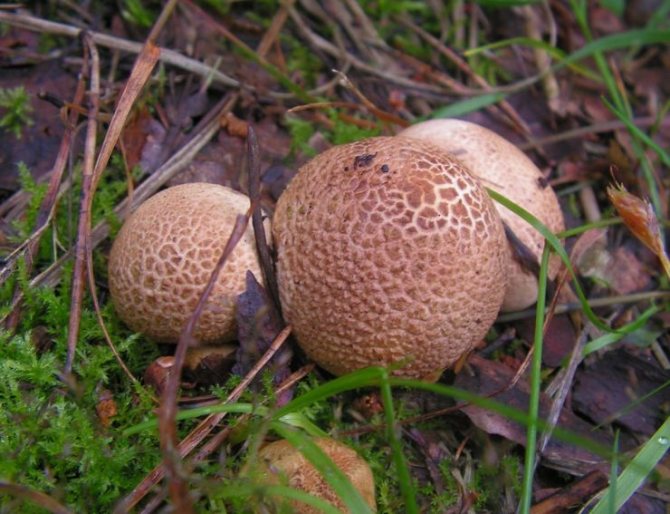

Each person should take care that these gifts of nature do not disappear, there are more of them, so that they please with a pleasant taste and healing properties.


Cooking applications
Is a raincoat mushroom edible? They eat a raincoat mushroom, but only young individuals are used in cooking, until the period when the pulp is juicy and fleshy and the spores have not formed in the cap. How to cook? Mostly they are dried, but mushroom pickers still prefer to boil or fry them with the addition of spices, onions and carrots.
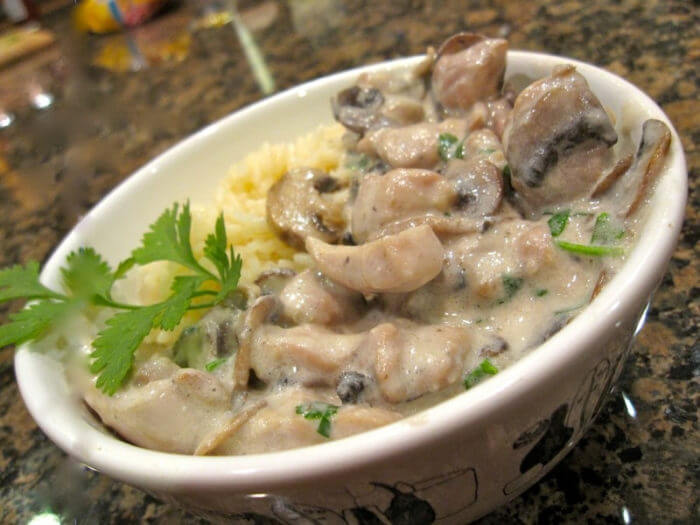

Are mushrooms eaten raw or just pickled? Not. The mushroom has no special smell and taste. It is important to carefully heat the raincoat in order to exclude the possibility of poisoning.
Young mushrooms need to be cleaned, rinsed thoroughly. Chop into convenient pieces, and fry with spices, onions and other vegetables, often combine mushrooms with sour cream and garlic. You can feel all the charm of a raincoat in a stewed and grilled form. Their pulp behaves superbly during heat treatment, has a delicate and light taste and practically does not lose volume during cooking.
Can adults eat? It is highly discouraged to eat old mushrooms with ripened spores.
Dangerous doubles and differences from edible mushrooms
Raincoats are representatives of the mushroom genus. However, they differ from the champignon in the absence of a leg. False raincoats are easy to distinguish from edible specimens if you know their description well.
Inedible mushrooms raincoats from the champignon genus differ from edible fruits in color, shape and smell. There are the following types:
- warty;
- ordinary;
- spotted.
Warty raincoat
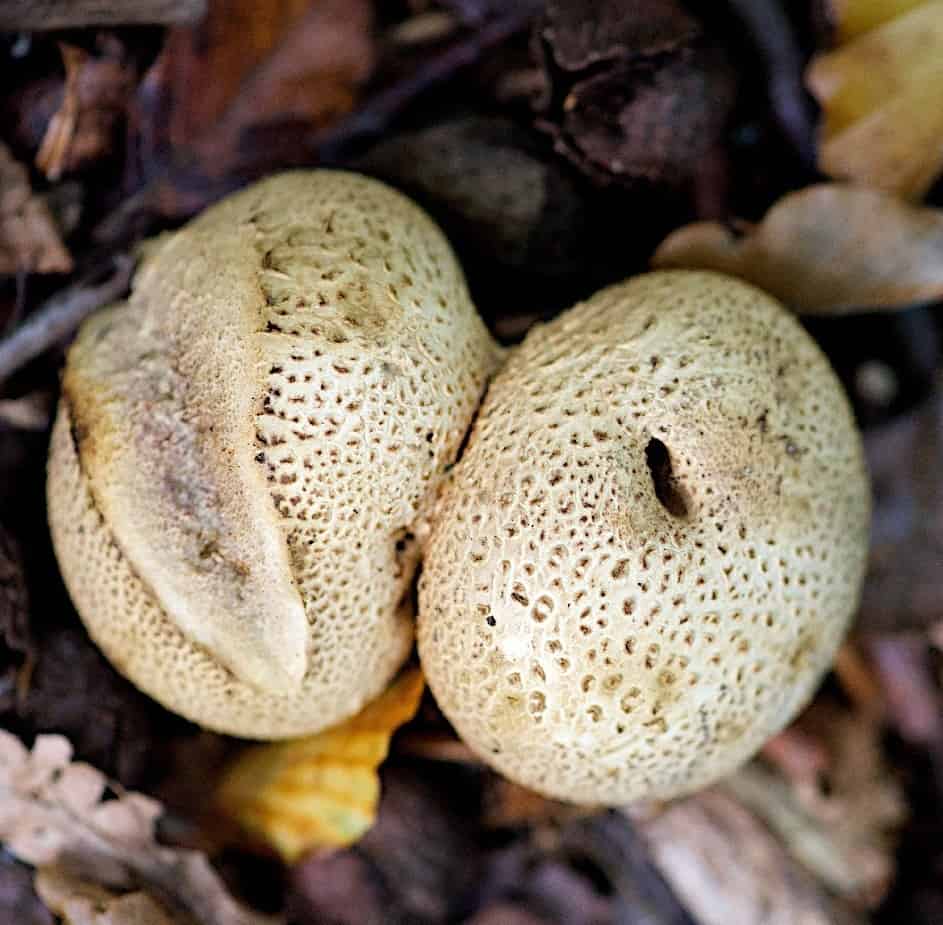

The warty pseudo-raincoat is called because of its appearance, as the fruit looks like it has warts on the surface. In shape and appearance, warty specimens resemble raw potatoes. In size, they reach from 2 to 5 cm.
Young warty pseudo-raincoats have dense milky flesh with yellow veins, and when ripe, the fruits darken. The fungus turns yellow over time; if part of the fruit shell is damaged, it does not spray spores, like edible specimens. Old mushrooms are distinguished by their dirty olive or brown flesh, fruiting lasts a long time, so such raincoats are most often found in the autumn months.
The smell also depends on the age of the mushroom. Older specimens smell harsh and unpleasant. However, young fruits are used in cooking as a seasoning for dishes. Although the warty species is not a poisonous species, when the forest fruits are consumed in large quantities, the toxins in their composition cause stomach pains, nausea, and dizziness.
Common pseudo-raincoat
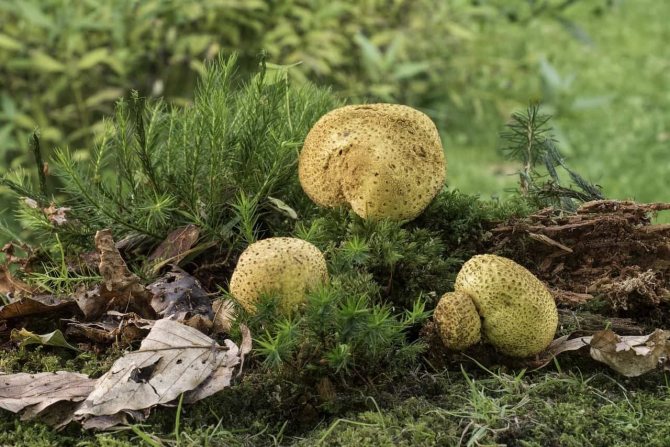

In the scientific world, this species is called Scleroderma aurantium. However, common names for common pseudo-raincoats are many: false, lemon, orange, etc. The fungus is characterized by a fruiting body of about 6 cm. However, larger specimens can often be caught. The body has the shape of an egg, the leg is absent.
In many encyclopedias of relevant topics, a detailed description of the pseudo-raincoat is given, how to distinguish the mushroom from other dangerous gifts of the forest, whether it can be eaten, etc. On the surface of the mushroom, you can easily distinguish the common pseudo-raincoat from other inedible species. It is brown or light brown in color. The body of such mushrooms is covered with dark scales. Over time, the upper part of the fruiting body cracks, the incision becomes red. The flesh of young fruits is yellowish. When the spores mature, it turns dark purple.
Common and warty raincoat are united by the unpleasant smell of raw potatoes. The common species also causes indigestion when eaten. And also these specimens can cause allergic reactions if they get on the mucous membrane. The common pseudo-raincoat looks a bit like the edible prickly look. However, the presence of a light, dense pulp with a white skin of the fruit body, as well as a large thorn, which has a brown tint, are the hallmarks of the edible specimen.
Spotted mushroom pseudo-raincoat
The spotted slicker is also called leopard scleroderma for its characteristic color. We advise you to carefully read the photo and description of this spotted species. The surface of the forest fruit is covered with small brown spots. Its diameter rarely exceeds 5 cm. Young specimens are white or light yellow in color, but over time they darken and become yellow-brown. The smell is weak, sweet, no legs.
Like other pseudo-raincoats, the flesh of young spotted fruits is white. In mature specimens, it darkens and turns purple. Sometimes you can find raincoats with black flesh. These are old copies.
Benefits and treatment
It is worth noting a huge number of useful properties of this product. If you eat it regularly, the body is actively cleansed of toxins that adversely affect the condition of the kidneys, liver and other vital organs.
Fungi free the body from radionuclides and heavy metals, preventing the formation and development of cancer cells.
Also, dishes with the addition of hare potatoes have a positive effect on the thyroid gland and stimulate the full functioning of the cardiovascular system.
Very often, this mushroom is also used in cosmetology: raincoats are added to masks and creams to get elastic, smooth, firm and toned skin. With regular use, the skin color becomes healthier, more uniform, without oily sheen and at the same time with significantly reduced pores. This effect occurs due to the rapid cleansing of the body from toxins.
In ancient times, healers and healers used mushroom broth to treat a variety of ailments, correctly assessing the comprehensive benefits of the product.
Edibility and taste
Raincoats of all edible varieties have a wonderful taste and pleasant aroma. Store these mushrooms (without losing their beneficial qualities) should be no longer than 1-2 hours. You can save them for a longer time by freezing them. For this, the fruit bodies are cut into small pieces and quickly frozen.
Did you know? In terms of nutritional value, raincoats are not inferior to porcini mushrooms. In the 18th century, decoctions of them were used in a complex of therapeutic measures for tuberculosis.
You can also use the drying method, since the raincoat does not lose its taste and nutritional value even when dried.
You can cook a wide variety of dishes from porkhovka - it is good in soups, fried, salted and pickled.
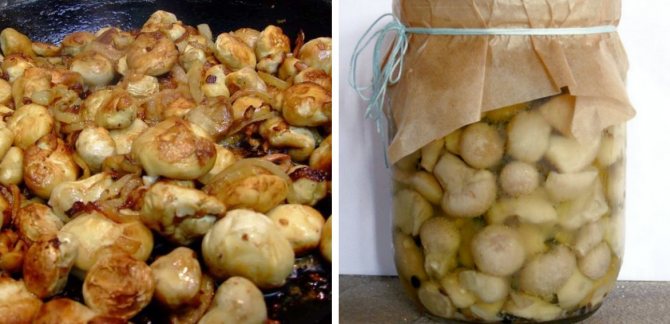

For maximum assimilation of this product (in stews or fried dishes), it is recommended to pre-boil it for 10 minutes. In order to fully cook the mushrooms, it is enough to boil them for a quarter of an hour.
Harm and contraindications
This product does not harm the body and does not possess poisonous analogues. But still, how to distinguish from a poisonous mushroom? Before consuming or using for cosmetic or medicinal purposes, you need to remember that these are the most useful and tasty young mushroom specimens with white, tender and dense pulp. But it is also important to consider their place of collection and growth: they perfectly absorb all nutrients and harmful substances from the soil. It is strictly forbidden to collect them near the road and in industrial areas.
The product is not allowed for use by children and adolescents, women during lactation and pregnancy, people in deep old age, with gastrointestinal diseases (very difficult to digest).
Where and when it grows
Raincoats are very unpretentious. They feed on the remains of organic matter, which explains their wide distribution in all climatic zones. They cannot be found only in Antarctica.
The most preferred growing places for grandfather's tobacco are:
- coniferous forests;
- grassy glades;
- deciduous plantings;
- parks in cities.


The beginning of fruiting of these mushrooms, depending on weather conditions and climatic zone, begins in late spring - early summer. The collection can be continued until frost.
Subspecies


The raincoat mushroom has many subspecies, among which I would like to note the main ones:
- prickly - habitat of meadows and forests; a characteristic difference is the tubercle in the upper part of the cap, the mushroom is white with small thorns;
- giant - an important difference is the huge size with a white or yellow-gray color; the maximum weight of the mushroom in adulthood is recorded at 7 kilograms;
- golovach - another false type of raincoat, has a round shape, up to 15 centimeters high, first white, and then yellowish and brown;
- oblong - similar to the bighead, only the clavate shape.
How to make raincoats
Mushrooms with white dense pulp are eaten. If the pulp begins to turn yellow, the mushroom is not suitable for food. Before cooking, the mushrooms are washed and peeled.
Mushroom soup
An unusual soup can be made with melted cheese and mushrooms. The food combination is delicious.
Products:
- mushroom raincoat - 400 g;
- processed cheese - 150 g;
- water - 2 l;
- onion - 1 pc.;
- greens - 3 branches;
- salt to taste;
- lean oil - 2 tbsp. l.
Preparation:
- Cut the peeled and washed mushrooms into small cubes, fry with onions in a pan in oil.
- Put melted cheese in hot water, salt. Add the sautéed mushrooms after two minutes.
- Serve the soup with finely chopped herbs.
If desired, you can add potatoes and meatballs to such a soup, and put cheese at the very end.
Giant mushroom raincoat in medicine
The giant raincoat mushroom belongs to the raincoat family, the name of the giant head or langermania is often found. Langermanium powder is actively used in medicine and veterinary medicine.
Preparation of a tincture used for the treatment of viral, inflammatory and other diseases, as well as for the treatment and for the healing of various skin diseases and wounds.
How to prepare the right infusion?
The first recipe for cooking: take 1 dessert spoon of mushroom powder, pour water in the amount of 1 cup and with a minimum temperature of 70 degrees. The tincture must be kept in a glass container or in a thermos for at least 40 minutes, use half a glass of the infusion 2 times a day before meals.
The second method of preparation: for preparation, you need to take vodka and powder in proportions of 1: 5. Disputes need to be insisted for 2 weeks in a warm and dark place. The resulting tincture should be consumed 1-2 teaspoons 3-4 times a day before eating. The duration of therapy is from 3 to 4 weeks, after which it is imperative to take a 7-day break and, if necessary, repeat the course.
For the treatment of cancer: spore powder in the amount of 1 glass is poured into 0.5 liters of vodka, rolled into a jar and buried in the ground to a depth of 30 centimeters. Cooking takes 3 weeks. Then the jar needs to be dug out and gently, without shaking, drain. The tincture is used 1 tablespoon 3 times a day before eating.
The best materials of the month
- Why you can't go on a diet on your own
- 21 tips on how not to buy a stale product
- How to keep vegetables and fruits fresh: simple tricks
- How to beat your sugar cravings: 7 unexpected foods
- Scientists say youth can be prolonged
In order to remove stones from the kidneys, ordinary bread sprinkled with spore powder is used 3 times a day. To get spore powder, only fully ripe individuals are collected.
Description and photo
The raincoat mushroom, which in the common people is called hare potatoes, tobacco mushrooms or devilish tavlinka, belongs to the Champignon family, but more recently it was isolated into a separate genus of Raincoats. All described mushrooms are characterized by a pear-shaped or rounded structure of the fruit body of various sizes, from small to very large, weighing over 2 kg.
They have a well-defined white, gray or yellowish cap, the surface of which may have a few small spines or warts. Mushrooms have a pseudopod of a similar color, which flows smoothly into the round part.
The pulp (gleb) of a young fruiting body, as can be seen in the cut, is quite dense, fleshy, appetizing white. During maturation, it acquires a yellow, then brown tint.
After the spores mature, the pulp is converted into a brown powder, which is thrown out through a special hole. Dark gleba loses all its useful qualities and becomes unsuitable for cooking.
Important! It is the color of the pulp that is considered an indicator of the freshness of the raincoat: white gleb is inherent in young specimens and is excellent for food, yellow indicates the aging of the raincoat and is inedible.


